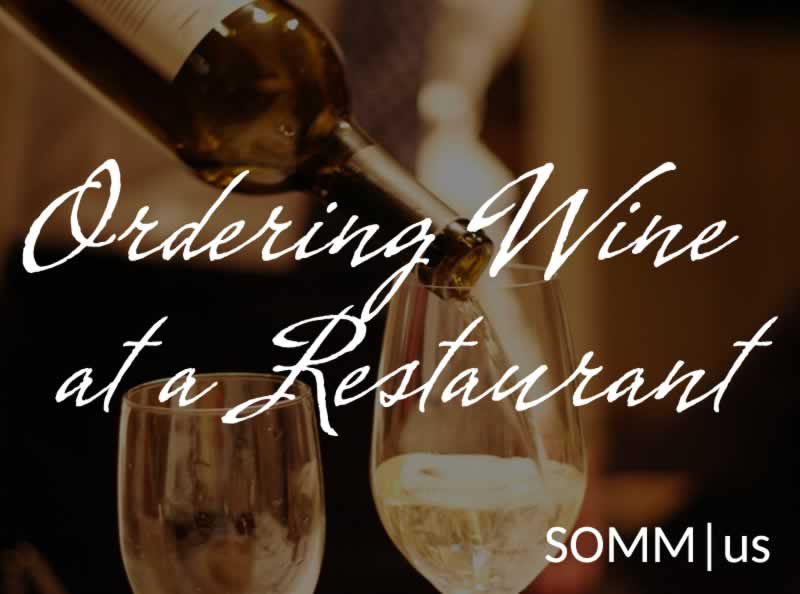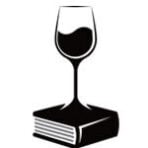
Want to know how to order wine at a restaurant? One of our master sommeliers breaks it down for you. Want to know more about wine? Check out our guide to wine schools in America.
Ordering a bottle of wine at a restaurant can be intimidating for those without industry experience or extensive fine wine knowledge. This process becomes even more complicated when the wine list is comprehensive, featuring price ranges that start around $50 a bottle and rise to several thousand dollars.
You need to remember that a sommelier is ultimately there to relieve this tension if you require help making the decision, and understand how to read your body language, and listen carefully to guide you to the perfect choice. After all, the perfect bottle of wine lands in your price range and one that you and your guest(s) will enjoy.
It’s not about finding the perfect wine pairing for the cuisine, but rather about discovering a bottle you’ll genuinely enjoy. Just because Cabernet Sauvignon is an excellent pairing with a ribeye steak doesn’t mean it’s a great pairing for you if you happen to hate Cabernet.
The following is a list of common questions about ordering wine at a restaurant and answers to those questions by a seasoned restaurant sommelier.
How To Order Wine at a Restaurant
How do I find the best value for my money on a wine list?
The answer to this question is straightforward. You ask the sommelier this exact question. A true sommelier loves seeking out the hidden gems. These wines may not have tremendous name recognition. Still, they deliver quality in spades and offer a significantly better value than the big-name wines you see in all the wine publications. If you don’t have a sommelier present, the next move is to search for wines within your varietal preference from South America and the lesser-known regions of Spain and Italy. These regions often over-deliver for the dollar compared to Napa, Sonoma, and other significant wine-producing areas in France.
What is a polite way to tell the sommelier the price range for the wine you’re considering?
The best approach is to be direct with the numbers and specify the dollar range. If this makes you uncomfortable or you don’t want to talk money around your guest(s), then call ahead of dinner and speak directly with the sommelier and tell him that you’re coming in and want an excellent bottle for said price. The other option is to point to the price range on the list and tell them you’re looking for a great bottle of wine in a similar range. This will allow you to be discreet.
What is the average markup on a bottle of wine?
This varies from restaurant to restaurant, but most upscale joints charge anywhere from 3 to 4 times wholesale pricing. The average retail markup in a wine shop is around 30%. So, plan on paying around two times the retail price. So if a bottle of “Silver Oak” Cabernet costs you $65 in your local wine store, most likely, a restaurant will charge about $120-140 for the bottle.
Do you tip sommeliers? If so, how much?
If you feel like the sommelier gave you exceptional service, then absolutely offer them a tip. This should be done in cash, though, if you want the sommelier to receive the money. If you tip the check expecting the sommelier to get a better cut than 99% of the time, a server will absorb the extra cash.
Sommeliers usually get tipped out by the servers, and the percentage can be relatively small, so if you want to reward the somm, then bring cash. How much is entirely up to you, and the sommelier will be grateful for the gesture more than the actual money. A $100 bill always feels excellent, but a twenty-spot feels almost as good because it’s the acknowledgment that counts.
When a server or sommelier gives you a pour of wine to taste, is it ok to send it back if you don’t like it?
This is huge and needs to be discussed more. The sommelier is not giving you a taste of wine to inquire if you “like the bottle.” Once the decision has been made and the bottle is open, it now belongs to the patron. It is no longer the property of the restaurant. You purchased it. The reason for the tasting is to ensure that the wine is sound and free of any unnatural faults like cork taint, premature oxidation, or damage from excessive heat. This isn’t a wine tasting at your local wine shop where you get to taste and decide if you want to buy it.
Once you’ve chosen, the bottle is yours if it doesn’t have any faults. Now, if you feel like the bottle is damaged and tastes off, then it is your responsibility to stand by your gut and tell the sommelier you believe the wine is faulty. Even if they disagree and think they have a more experienced palate to discern such things, they will still have to take the wine back in most cases. Be cautious about proclaiming that a glass of wine is faulty.
Just because you don’t care for it doesn’t mean it’s damaged. Expensive bottles can be tricky to return if the sommelier disagrees. Still, most restaurants will want your business and positive word of mouth, so they’ll usually honor your request to send it back.
What are some questions I can ask a sommelier to appear highly knowledgeable?
First off, if you’re not highly knowledgeable about wine, then there’s no point in trying to appear as if you are. Good sommeliers can sniff out a rat from a mile away, and they might try to expose you if you’re not careful, subtly.
If you’re trying to impress and appear to be a true connoisseur, then what you need to do is ask about vintages and regions. Strike up a conversation with the sommelier and tell him about some of your favorites. You may not be able to hold your own with someone who bases their whole life on the study of wine, but if you have an engaging conversation with a sommelier, then you’ll impress most onlookers.
Good somms are people persons. They know how to engage in friendly wine banter without boasting about their prowess. Unfortunately, there are quite a few not-so-good sommeliers who love making people feel inferior, and these folks are a profound embarrassment and detriment to the trade. Sommeliers are there to make the patrons feel welcome and pampered, to do everything possible to provide a great dining experience, impart their wisdom where it is needed, and to sell great wine for the restaurant.
Now you know how to order wine at a restaurant. Go forth and impress!




